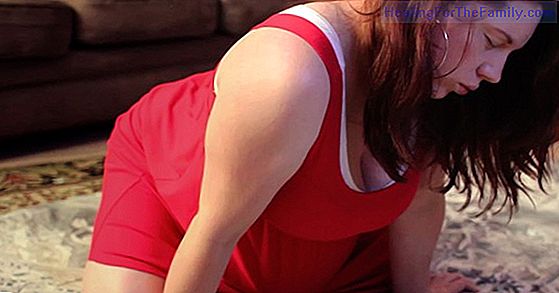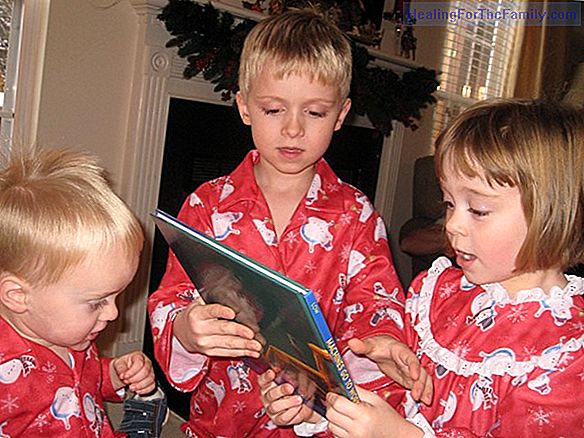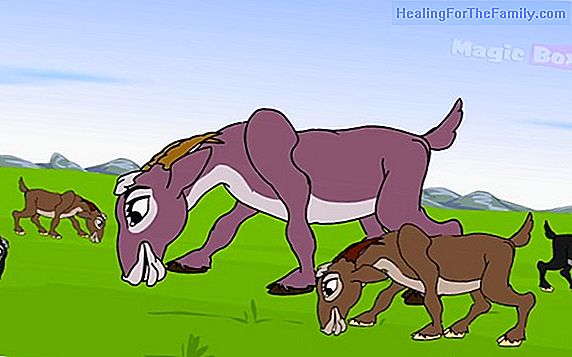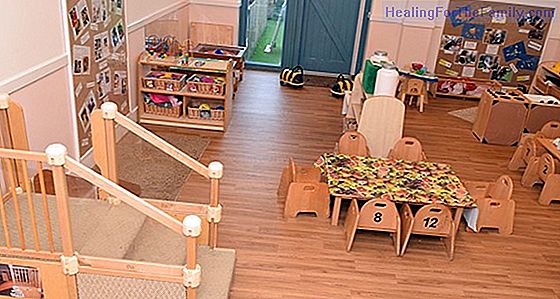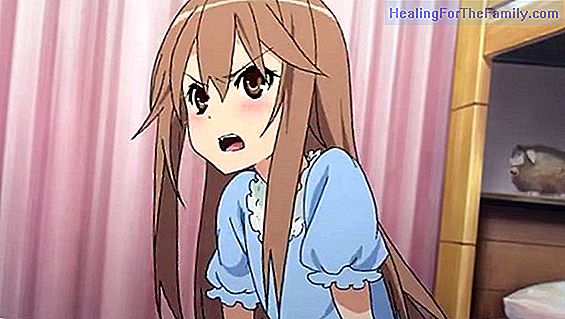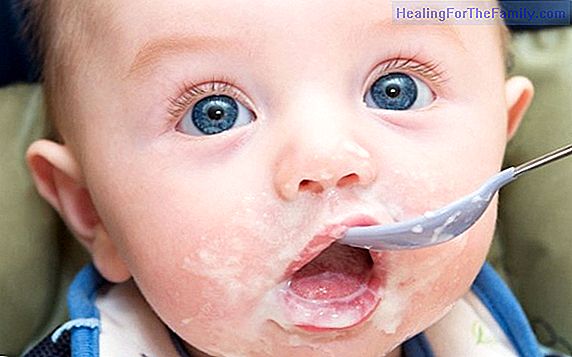Lice in children: all forms of infection
Infestation by lice in the human species has been known for more than 3,000 years, but until 1939 there was no really effective product to eliminate lice, chlorophenotan or DDT. And is that the lice are contagious very easily and to prevent infection, the most important thing is hygiene. Until recen
Infestation by lice in the human species has been known for more than 3,000 years, but until 1939 there was no really effective product to eliminate lice, chlorophenotan or DDT. And is that the lice are contagious very easily and to prevent infection, the most important thing is hygiene.
Until recently, the daily grooming of the head had been considered an effective preventive method, but today we know that lice prefer clean heads. Therefore, avoid direct head-to-head contact is the most important thing to avoid the spread of lice among children, which, although brief, is enough for lice to pass from one person to another. It is also important to have non-transferable personal items, even in the same family, and to avoid giving them to friends.
How is lice spread?

Lice contagion occurs by direct contact between someone who has lice and a healthy person. Indirect transmission through a hat or scarf is also possible, because although the louse rarely leaves the head of its host, it can do so to feed on another head. In addition, their breathing holes can be closed under water, where they can live, for a short space of time, about five minutes, and thus also be transmitted through the pool water, for example.
Nits are not contagious, because if a nit is removed from the hair it can not be stuck in another hair, because it does not have the glue that holds it together with the hair. This glue is provided by the adult female or the mother when she lays the egg. On the other hand, the nits need to be at a certain distance from the scalp, since they need the heat and humidity of the scalp to mature. If they move and are not at the necessary distance from the scalp they do not mature. Therefore, to get infected by hats or combs is necessary to have lice, because if there are only nits will not be possible to spread.
Forms of lice spread among children
The spread of lice among children usually occurs in the following ways: Al 1. When using objects or
infected clothing of other children such as hats, scarves, coats, sports uniforms or accessories For the hair. 2. When using
combs , hair brushes or infected towels. Al 3. When sleeping in an infected bed or mattress, using infected bedding or pillows, playing on a rug or with a stuffed animal that has recently been in contact with a child infected with lice.
4. When establishing a direct contacthead to head.
How to avoid the spread of lice in children? The ease of transmission of lice can lead to repeated infestations, which lead to the discouragement of some parents. And is that the crowded places, where a large number of children attend daily, as is the school favor the spread of lice among children. 1. Avoid catching a single louse.
A single fertilized female louse has exceptional breeding abilities. You can put 4 to 8 eggs daily and a total of 300 eggs during your life cycle. Males can fertilize 18 females without having to rest and females can mate several times during their adult life, which can last up to 40 days. The females can lay up to 8 eggs daily for 3 or 5 weeks.
2. Stop direct contact.
Direct head-to-head transmission is the most effective form of infection. Also avoid sharing combs, brushes, items to hold hair such as hairpins, headbands, rubber bands, hair bands and other accessories. 3. Caution at home.
Although head lice infestation rarely occurs among adults, it is very common among children, of all ethnic origins and socioeconomic levels. The spread of lice can occur in any person, regardless of personal hygiene, as long as there has been direct contact with another person affected by the lice. 4. Attention to crowded places.
The classrooms, the school, the nursery school, the libraries ... are places conducive to the spread of lice, precisely because the contact between people involves approaching heads. The coexistence of a large number of people in a closed space facilitates the spread of lice. 5. Caution with those infected by lice.
Although children should continue going to school, it is recommended, to avoid contagion, to flee from groups in which there is already someone who has lice. However, in this case, the most important thing is to avoid head-to-head contacts, avoiding marginalizing the infested. 6. Pick up the hair.
Girls get lice more often than boys, not because they wear long hair (this is a myth), but because their games involve more head-to-head contact, they embrace more frequently and exchange hair accessories. With long hair the elimination of nits is more difficult, but it does not suppose a contagion factor. Bringing hair back can be an additional precaution to avoid infection among girls, but above all they should avoid head-to-head contact. Marisol Nuevo
If you want to know more about lice we have prepared a series of videos of lice and pediculosis with an expert that will give you a lot of information about what they are, how to prevent them and how to treat them

